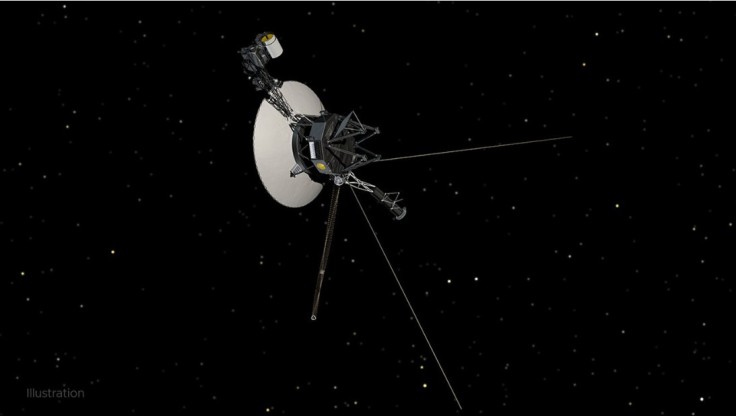Nearly 45 years after its launch, the Voyager 1 spacecraft is still exploring interstellar space, but it has run into a problem leaving the spacecraft's crew on Earth baffled.

What's the Problem With NASA's Voyager 1 Telemetry Data?
According to NASA, the interstellar explorer is in normal operation, receiving and executing commands from Earth as well as collecting and returning science data.
However, the attitude articulation and control system (AACS) readouts, which manage the spacecraft's orientation in space, do not match what Voyager 1 is actually doing. The AACS ensures Voyager's high-gain antenna pointing at Earth so it can transmit data to NASA.
It should be noted that the AACS appears to be operational, but the telemetry data it is sending back is incorrect.
The distance between Earth and Voyager 1 is currently 14.5 billion miles (23.3 billion kilometers), and light takes 20 hours and 33 minutes to travel that distance. Because of Voyager's interstellar location, light takes 20 hours and 33 minutes to travel one way, therefore a single transmission between NASA and Voyager takes two days to send and receive.
More About the Mission
The space agency said that the problem hasn't triggered any onboard "fault protection systems," which are supposed to put the spacecraft into "safe mode," which allows engineers to diagnose a problem. The signal from Voyager 1 hasn't diminished, indicating that the high-gain antenna is still pointing towards Earth as it should be.
The team will continue to monitor the signal to see if the erroneous data is coming from the AACS or another system involved in the production and transmission of telemetry data. The team cannot predict how long the spacecraft will be able to gather and transmit science data until the nature of the problem is better understood.
What Is Voyager 2?
Voyager 2 (at a distance of 12.1 billion miles or 19.5 billion kilometers from Earth) continues to function normally. By contrast, Neptune, the planet farthest from Earth, is only 2.9 billion miles away.
Both Voyager probes, launched in 1977, have lasted far longer than mission planners anticipated and are the only spacecraft capable of collecting data in interstellar space.
Every year, each spacecraft produces around 4 fewer watts of electrical power, limiting the number of systems it can run. To save power for science instruments and vital systems, the mission engineering team has turned off various subsystems including heaters. As a result of the declining power, no science instruments have been turned off yet, and the Voyager team is aiming to keep the two spacecraft operational and return unique science beyond 2025.
The data the Voyager program offer from this region has contributed to a better understanding of the heliosphere, the hazy barrier that the Sun produces surrounding our solar system's planets.









